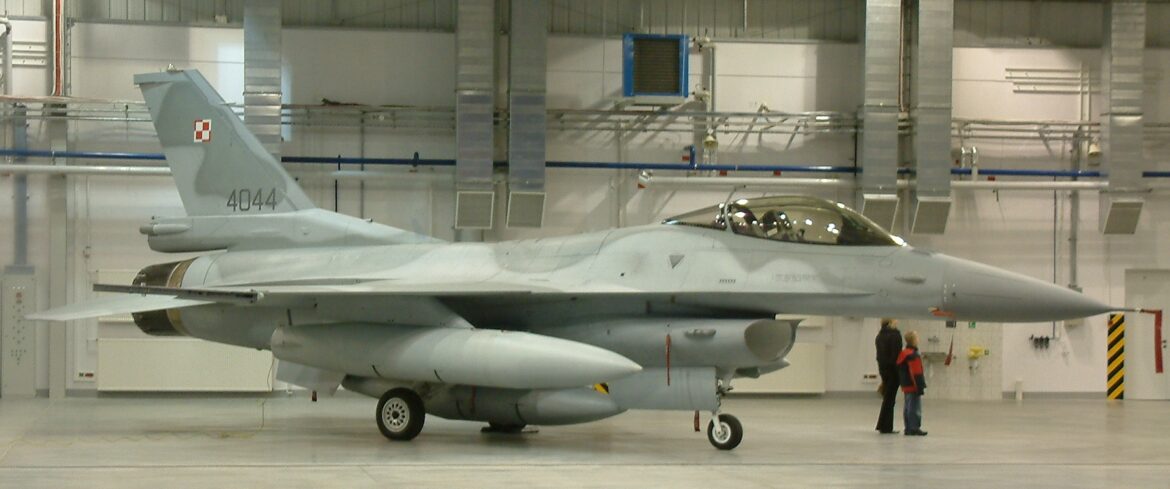On 1 December 1918, just a few weeks after Poland regained its independence, the red-and-white chequered flag became the official symbol of Polish military aviation. Why was this particular symbol selected?
The symbol has its roots in the turbulent times of the First World War and is closely linked to Stefan Stec, a Polish pilot serving in the Austro-Hungarian Air Force. At that time, the Poles did not have a state of their own, which was liquidated by three neighbouring powers: Russia, Prussia and Austria.
During the ‘Great War’, as the First World War was called, aircraft began to play a key role on the battlefield. Insignia of nationality became essential to identify allies and enemies in the air. The Germans and Austrians used Maltese crosses, and the Entente states used tricolour bows. Pilots often applied individual emblems to their machines, allowing for quick identification.
Stefan Stec, serving in an Austro-Hungarian fighter unit, marked his aircraft with a red-and-white chequered patch. This personal mark of Stec, noticed during his flight with reports from besieged Lwów to Warsaw, in November 1918, gained the recognition of Colonel Hipolit Łossowski, the Air Force commander. As a result, on 1 December 1918, the Chief of the General Staff of the Polish Army issued a decree to introduce the chequered flag as the official mark of Polish aviation.
The chequered flag, initially without borders, consisted of a square divided into four equal fields – two red and two white. In 1921, after the Polish-Bolshevik War, the appearance of the chessboard was unified by adding borders.
During the Second World War, the chequered flag was visible on the aircraft of Polish formations fighting on various fronts – from France to Great Britain and the Eastern Front. During the period when Poland was ruled by the communists, the mark remained unchanged, appearing even on armoured vehicles.
The last modification of the chequered flag took place in 1993, when the order of the fields was changed, turning the chequered flag by 90 degrees to adapt it to the rules of heraldry.





